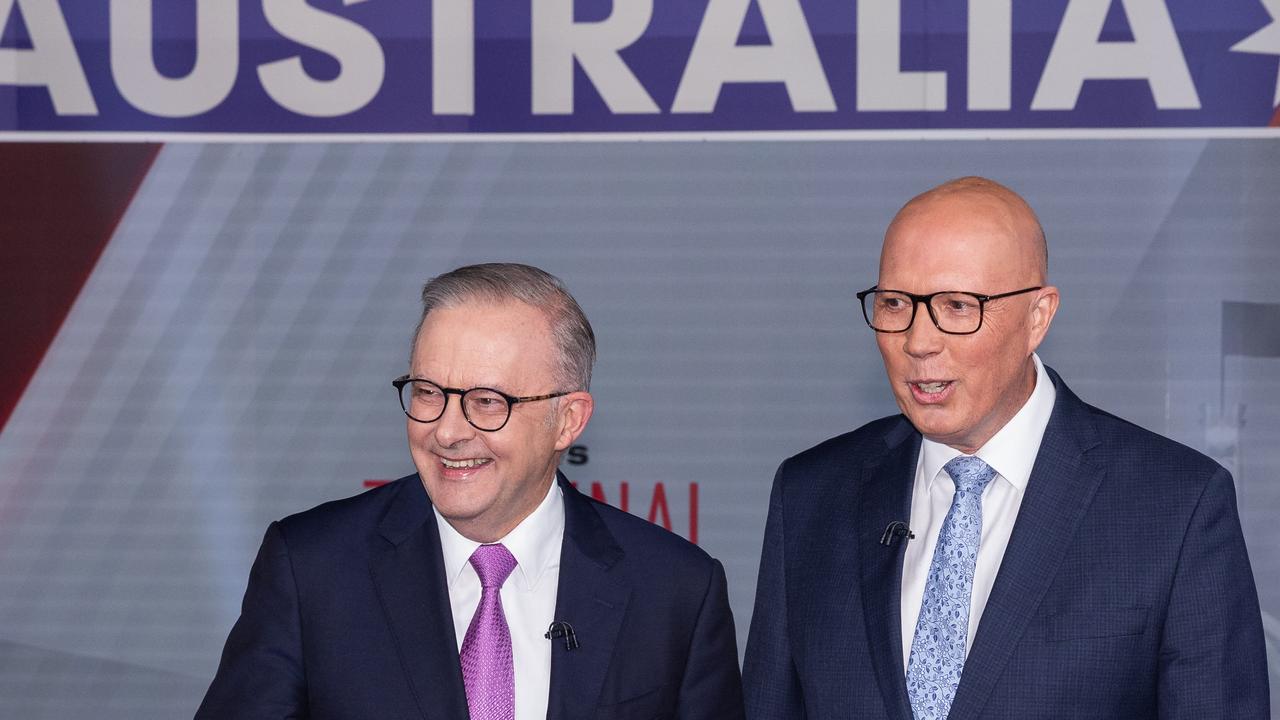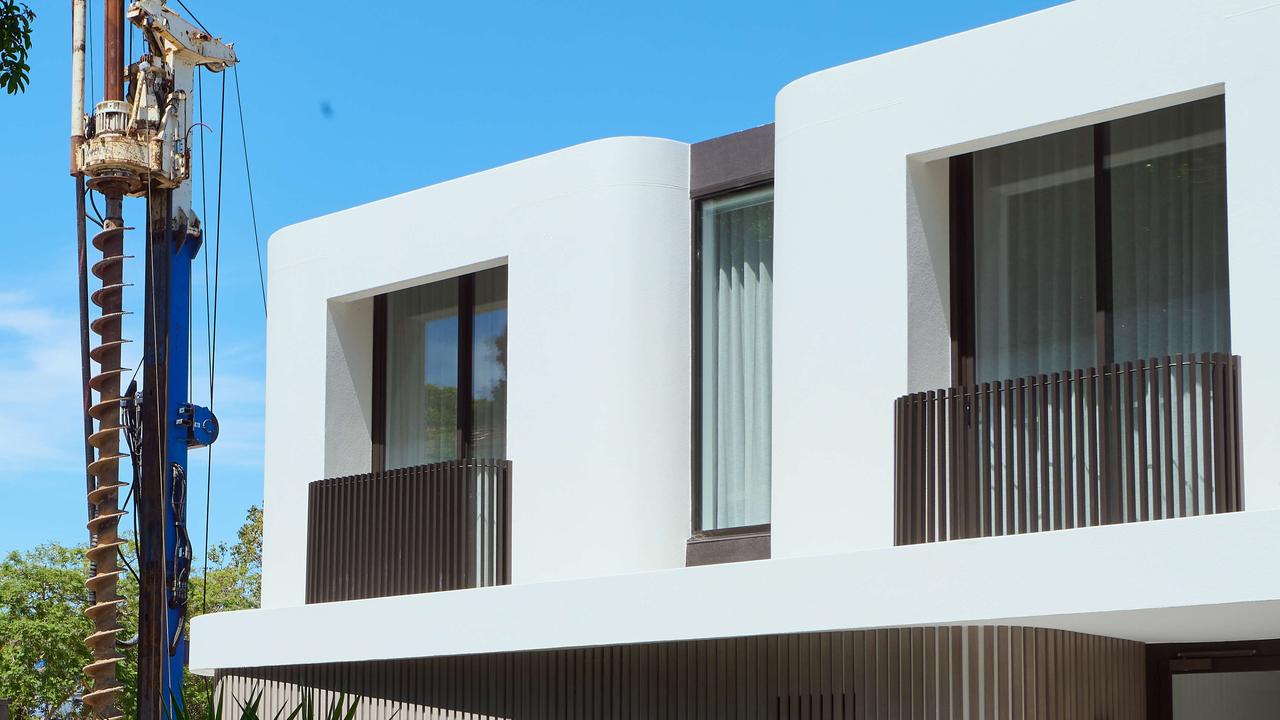Banks in home loan competition as 2370 people refinance mortgages everyday
There are a staggering amount of Aussies that are looking at one way in particular to battle the cost of living but alarm bells are still sounding.

A whopping 2370 Aussies are refinancing their mortgage every working day as interest rates have seen homeowners hit with 10 painful consecutive hikes.
In a battle to tackle the rising cost of inflation, interest rates have risen from a record low of 0.1 per cent to 3.6 per cent since May last year.
This has seen the fastest tightening cycle in a generation – despite the Reserve Bank of Australia (RBA) boss saying hikes would not start until 2024.
Yet 70 per cent of bank customers who refinanced their mortgage in the past six months did so with another bank, analysis from the Australian Banking Association (ABA) found.
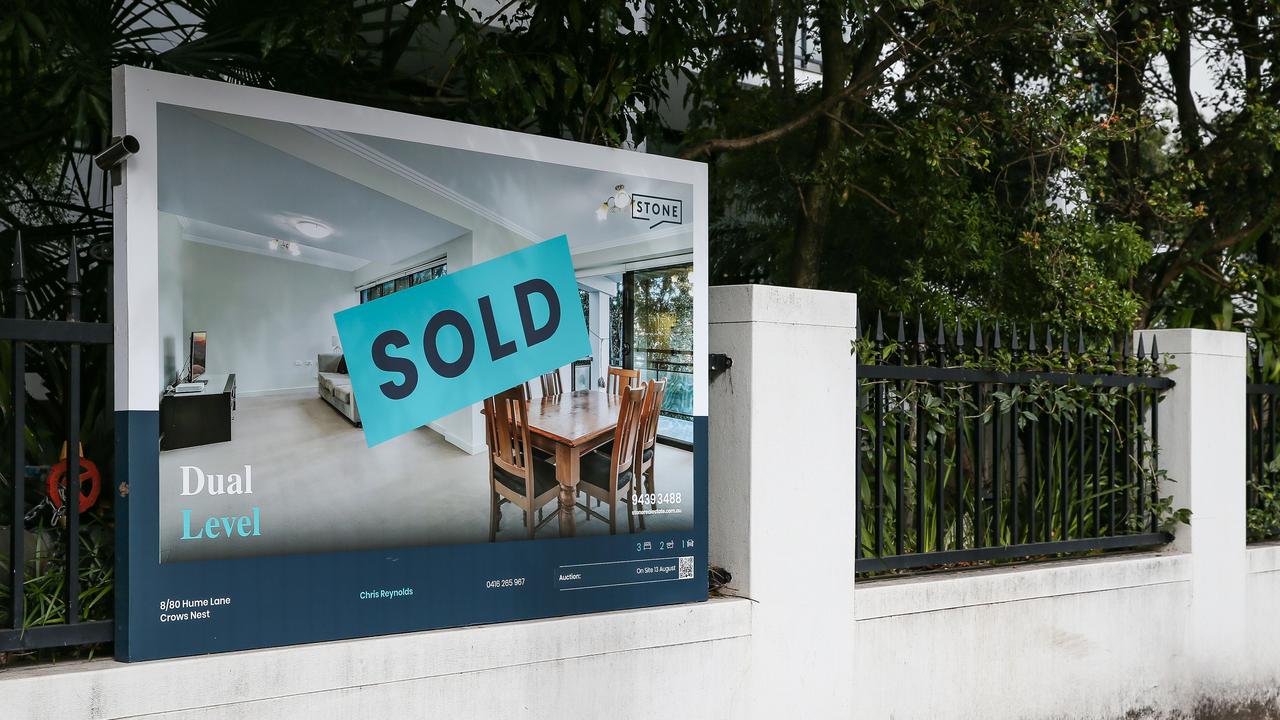
More than 800,000 record-low fix-rate mortgages that were taken out during the Covid pandemic are set to end this year, worth a staggering $379 billion, and homeowners are feeling “extremely stressed” about the thousands of dollars more they face in repayments.
But the ABA has revealed that intense competition is battering the $2 trillion home loan market and homeowners are hunting down the best deal.
From the almost 309,000 mortgages refinanced over the last six months, data provided by banks to ABA showed close to 215,000 – or 70 per cent – of customers switched lenders, while only 94,045 stayed with their existing bank.
While new customers generally get the best offers to lure them in, the fierce competition is forcing banks to offer existing customers incentives such as rate discounts up to 1 per cent and cash back to prevent them leaving.
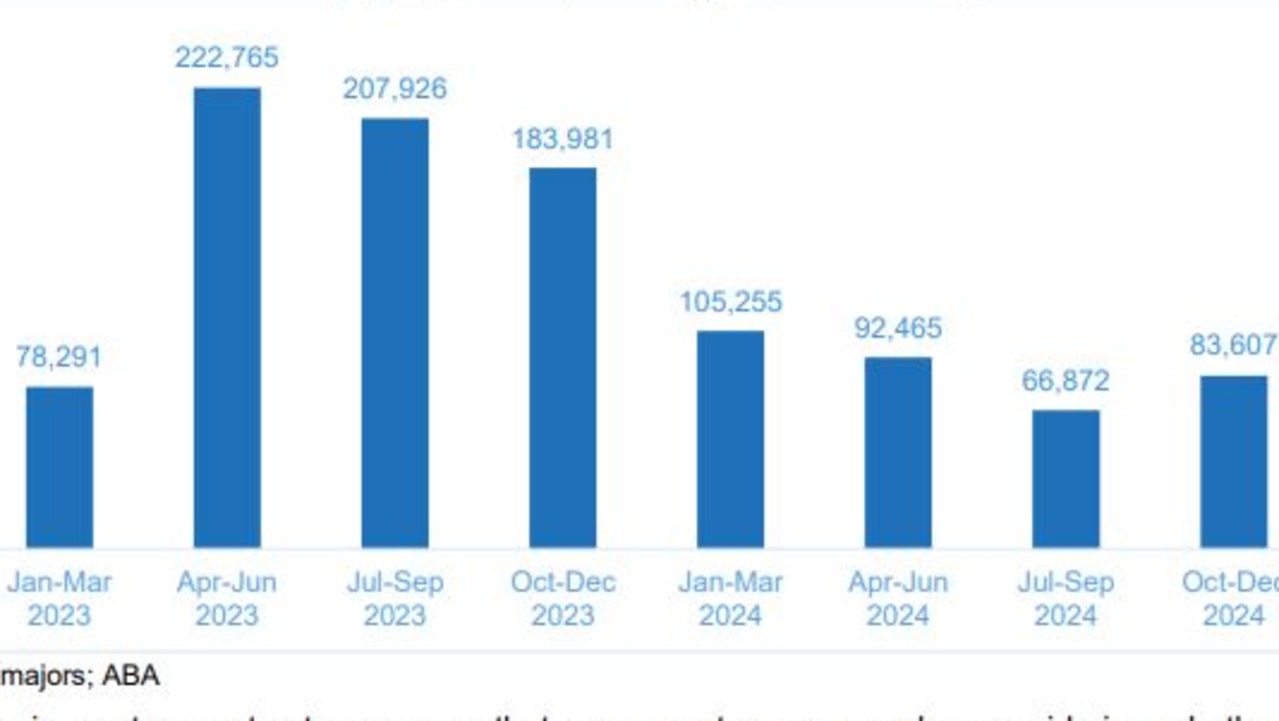
Some experts have flagged this could impact banks’ profitability as some are being forced to offer mortgages under the cost of funding them, while their funding costs are taking a further hit from the carnage in the US market, which includes the collapse of Silicon Valley Bank.
Although in surprisingly good news for homeowners, interest rates could be put on pause and not go much higher as a result of the US financial situation, with Westpac predicting rates will peak at 3.85 per cent.
With one-fifth of Australian home loans due to roll off their fixed term by the end of 2023, according to the RBA, there have been warnings of a mortgage cliff expected to hit but the ABA has rallied against it.
“Data from banks contained in this submission indicates that there is no ‘mortgage cliff’, and these products will rollover progressively during this period,” the industry association said in a submission to a Senate inquiry into the cost of living.
“This change in mortgage rate structure, often referred to as a ‘mortgage cliff’, is more accurately described as a progressive rollover of mortgages from fixed to variable rates, due to occur over the next two years.”
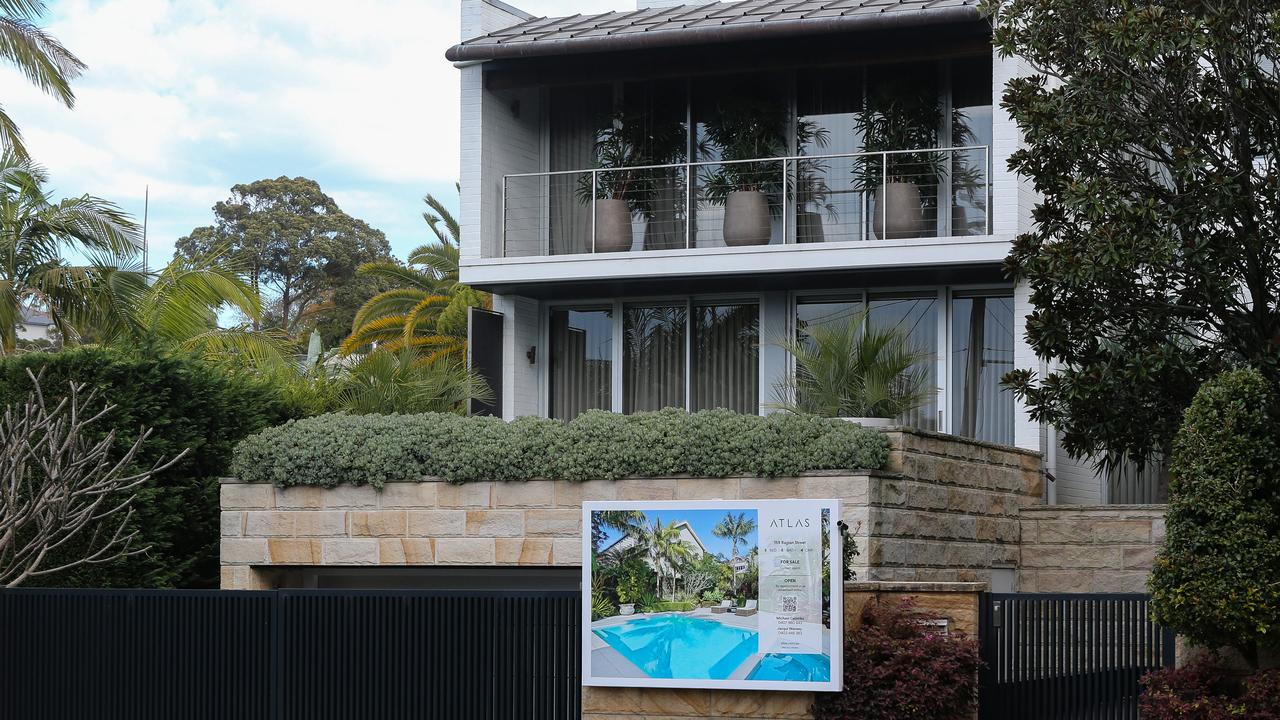
However, a report from the RBA released last week showed the borrowers most at risk when coming off ultra low rates were first home buyers, those who had larger loans compared to their income and homeowners with less equity.
“The large and discrete increase that borrowers with fixed-rate loans have faced or will soon face in their mortgage payments is one of the factors expected to contribute to slower household consumption in the period ahead,” the RBA said.
“It could ultimately increase the potential for financial stability risks if many borrowers default on their loans, leading to losses for lenders, or reduce their consumption to the extent that unemployment increases significantly and other borrowers facing unemployment in turn struggle to service their debts.”
It found that one-in-four borrowers who have come off fixed rates and on to higher variable rate repayments are now spending more than 30 per cent of their income on mortgage payments – a measure used as an indicator that borrowers may experience financial difficulties.

Previously, they had only been spending 5 to 25 per cent on mortgage repayments before they rolled off.
“Much of the increase comes from borrowers in the bottom half of the income distribution, who are more likely to have less spare cash flow and so may reduce their consumption and/or encounter difficulty servicing their debt as they roll off,” the RBA said.
“This is a key group to monitor as fixed rate loans roll off over the period ahead, especially if this group also has low savings buffers.”
The RBA found that only a quarter of fixed rates had expired so far with a further 40 per cent set to roll off by the end of 2023 and another 20 per cent by the end of 2024.
Alarmingly, about 90 per cent of the loans that are due to reset this year and into 2024 will lead to scheduled payments increasing 30 per cent or more.
It also warned that while homeowners may have saved for higher repayments, “some may have used the period of low fixed borrowing costs to consume more than they would have otherwise”, it said.

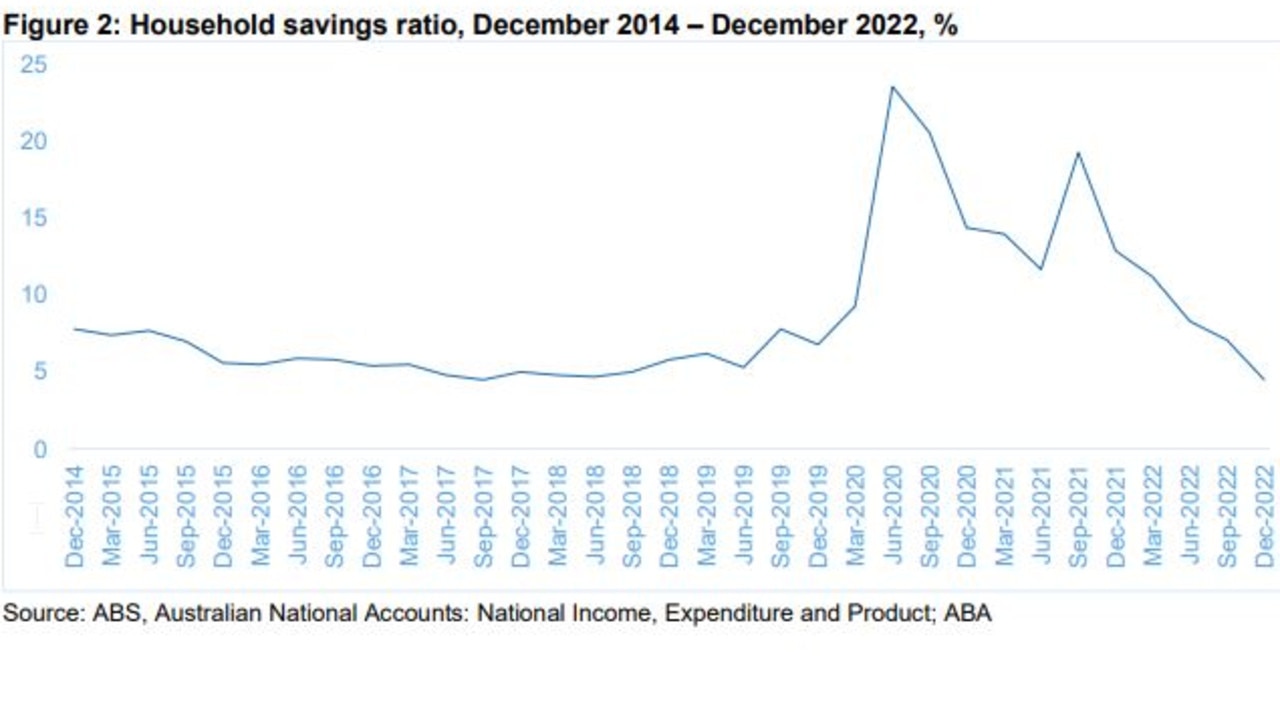
But ABA added that refinancing was one way that Aussies were tackling the skyrocketing cost of living.
“The ABA notes that most customers will manage the higher cost of living and their mortgage commitments through refinancing their mortgage, applying their accumulated savings to their increased repayments, or by changing their spending patterns,” it added.
“However, we understand that others may struggle. Banks are not yet seeing any significant increase in hardship, arrears or repossession cases, with levels remaining generally lower than those seen during the Covid-19 pandemic and over long-term trend.”
The ABA flagged banks were willing to help customers in hardship including waiving fees and charges, allowing early access to term deposits, debt consolidation, restructuring existing loans, emergency credit limit increases and deferring credit card or loan repayments.
The 10 rate rises have seen the annual repayments on a $500,000 mortgage soar by $11,800 a year and to almost $17,700 for a $750,000 loan.




